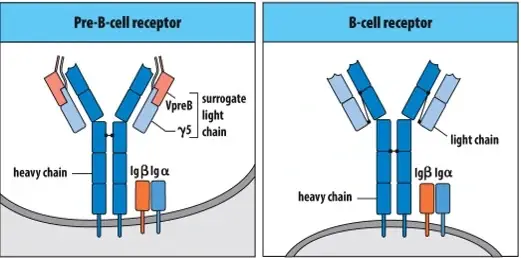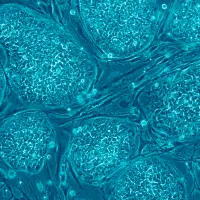Circulatory System: Chest Pain in Coronary Artery Disease vs Stable Angina vs Unstable Angina vs NSTEMI vs STEMI
In this article, we discuss Management for Coronary Artery Disease and Differentiating between Asymptomatic Coronary Artery Disease vs Stable Angina vs Unstable Angina vs NSTEMI vs STEMI. We share a table for similarities and differences and flow chart for management of coronary artery disease. We cover stress tests and medications for coronary artery disease. Enjoy!




















